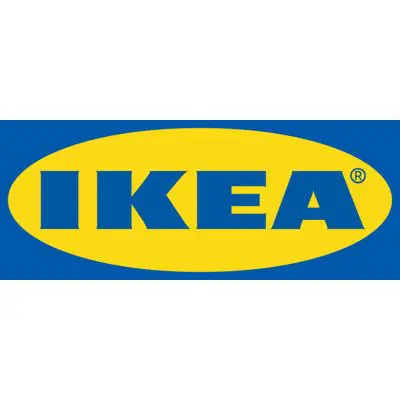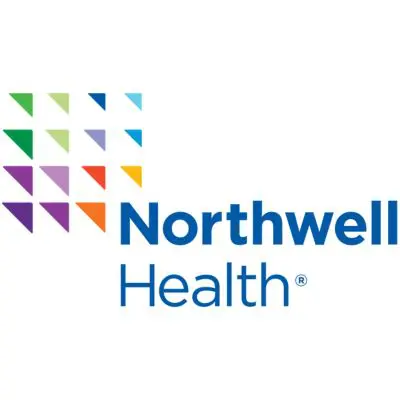Maintenance data is powerful stuff. A CMMS can multiply that power exponentially. Like any power, though, it’s most beneficial when used carefully and judiciously. If you try to apply it all at once, disaster ensues. Our most successful customers focus on getting the basics right first, with simple processes and reporting, before they move the throttle to “full power.”
Contemporary maintenance management software will allow you to collect and report on data across your entire asset inventory, providing numerous measures to help you make better decisions and answer business-critical questions. And many modern CMMS solutions allow you to connect to meters and gauges directly, eliminating the need for meter readings and manual data entry, which can drastically increase your data volume.
It’s only natural to want to use it all. So how do you get the results you want and avoid the temptation to use all that power?
Start by framing your goals with simple questions. Use those questions to create simple reports with the answers you seek.
Whether you’re using MPulse or another leading CMMS solution, don’t hesitate to call support for help. Tell them the question you’re trying to answer, and you’ll likely have a simple, useful report in minutes—and you’ll be able to configure the next one on your own. Even simple measures from work order records can provide powerful answers.
Consider this example. You might wonder, “How much am I spending on maintenance for each of my work order types?” This type of report can be easily generated from almost any CMMS.

At a glance, you’ll know exactly how much money each work order type is costing your business in maintenance for a specified timeframe (in the example provided, a year), and certain questions can be quickly answered:
- What type of maintenance do I spend the most on?
- How does the cost of preventive maintenance compare to repair costs?
- If I run this report for a different time period, like last year, are there significant changes by category? Beyond general questions, you can formulate precise questions that’ll lead to a more informed decision-making process.
- Why are my machining maintenance costs so high?
- What new equipment needs to be purchased, if any?
- How much will the new equipment cost compared to the current maintenance expense?
- Will I save money over time by purchasing new equipment? How much?
A CMMS helps you see accurate, complete data, and this data can be applied directly to purchasing or other important organizational decisions. Be careful, though, to keep your reporting simple, and focused on the questions that matter most to you.








